Designed by Shepard Fairey's Studio Number One, the “Trust The Earth” initiative is Charlotte's Web's brilliant effort to spark awareness and democratize access to hemp-derived products for those seeking wellness and relief.
Due to the lack of federal regulations, there are still some states where hemp-derived CBD products are not sold in retail stores. Charlotte's Web is working hard to change that fact. The 'Trust The Earth' campaign can spark conversations and provide a way for citizens to add their voices to the fight. Hemp advocates can learn ways they can support hemp access for all by visiting www.trusttheearth.com.
First appearing as a large street-art style mural in Brooklyn in October 2019, Studio Number One's original art is exhibited from the ground up, literally, as field art on a mammoth scale of 76-acres in Kansas.
To achieve this latest feat, the field art first had to be 'grown' and then mown on 3,049, 200 square feet of farmland, the equivalent of 57 football fields, according to the press release. The installation required one solo farmer mowing for one week using a GPS to guide the process. The final field art was so large it required a local farmer's plane to achieve enough height to photograph the entire Trust The Earth field art installation.
"A farmer's field is a place to cultivate life-changing ideas and grow a voice for those still seeking hemp-based wellness. Through this powerful artwork, we experience a coalition between earth and humanity, and our journey to create sustainable, natural wellness. In the case of hemp, revolutionary wellness,” shared Jared Stanley, Chief Cultivation Officer and a co-founder of Charlotte's Web about the campaign.
Charlotte’s Web isn’t the first brand to tap this medium to get its message out, a colossal maze inspired by Netflix favorite Stranger Things was unveiled in Lafayette, Indiana back in 2018. However, Charlotte’s Web is certainly the first CBD/Hemp brand to do such an innovative campaign of this magnitude and they deserve all the credit for it.


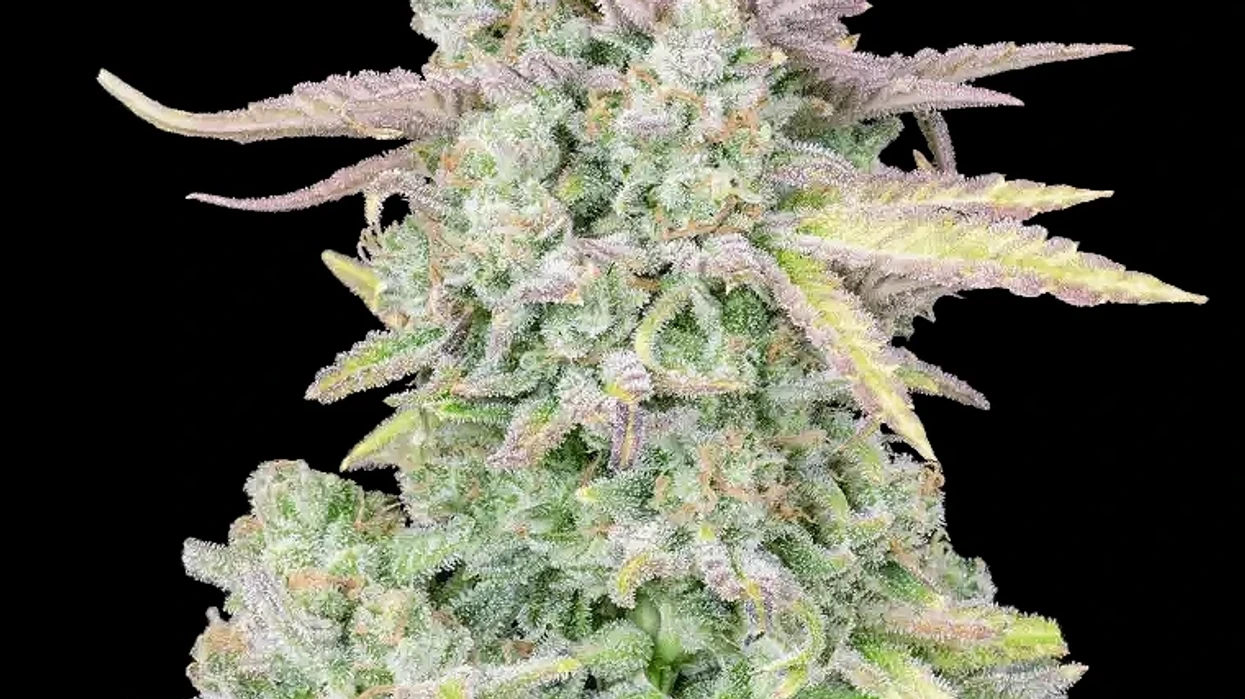



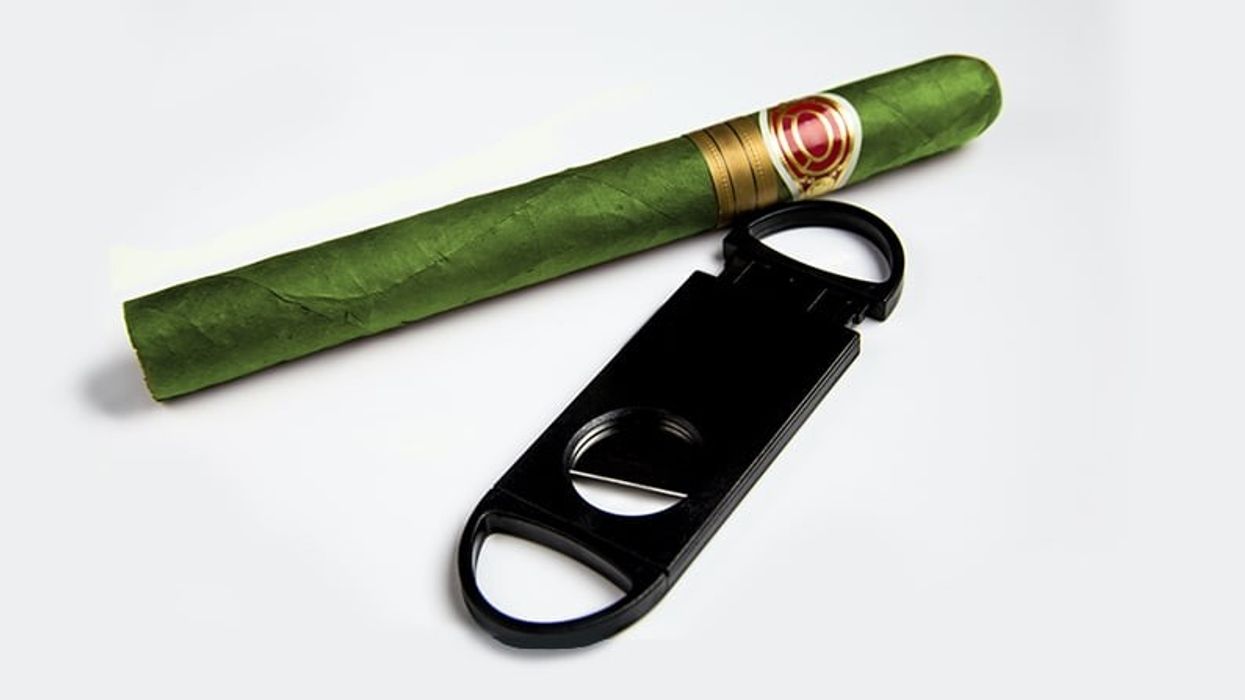
 How to Make a Cannagar Without a Mold: A Comprehensive Guide - The Bluntness
Photo by
How to Make a Cannagar Without a Mold: A Comprehensive Guide - The Bluntness
Photo by 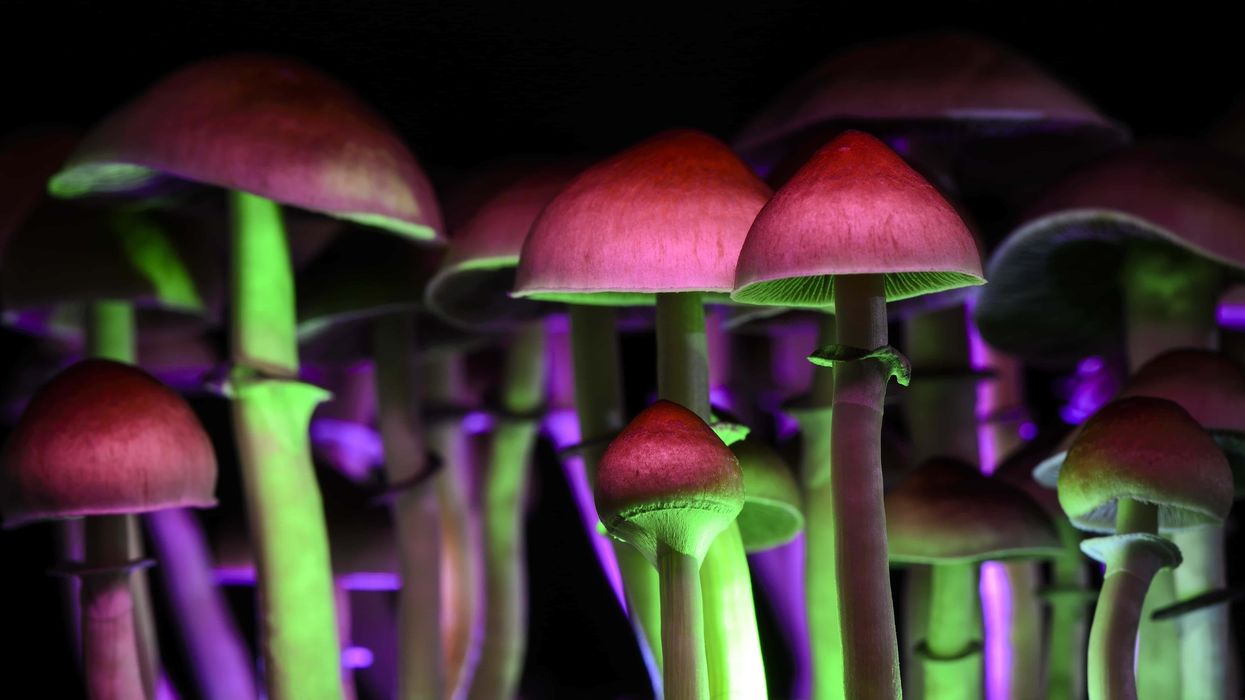

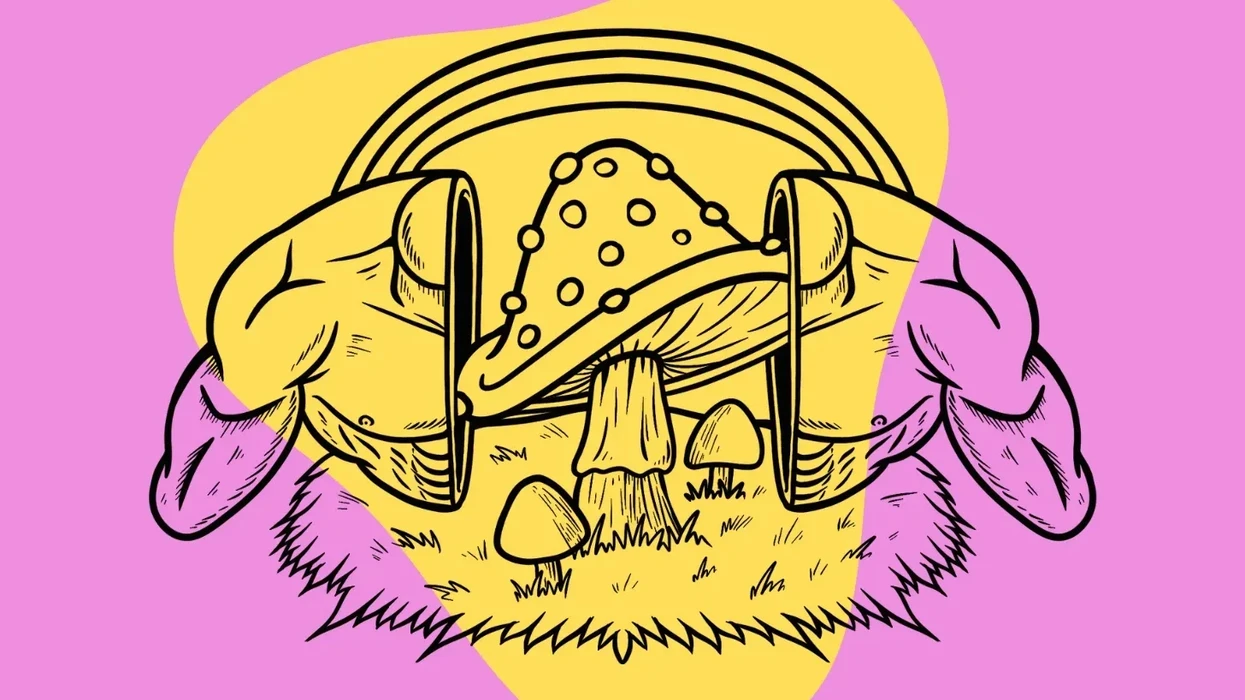
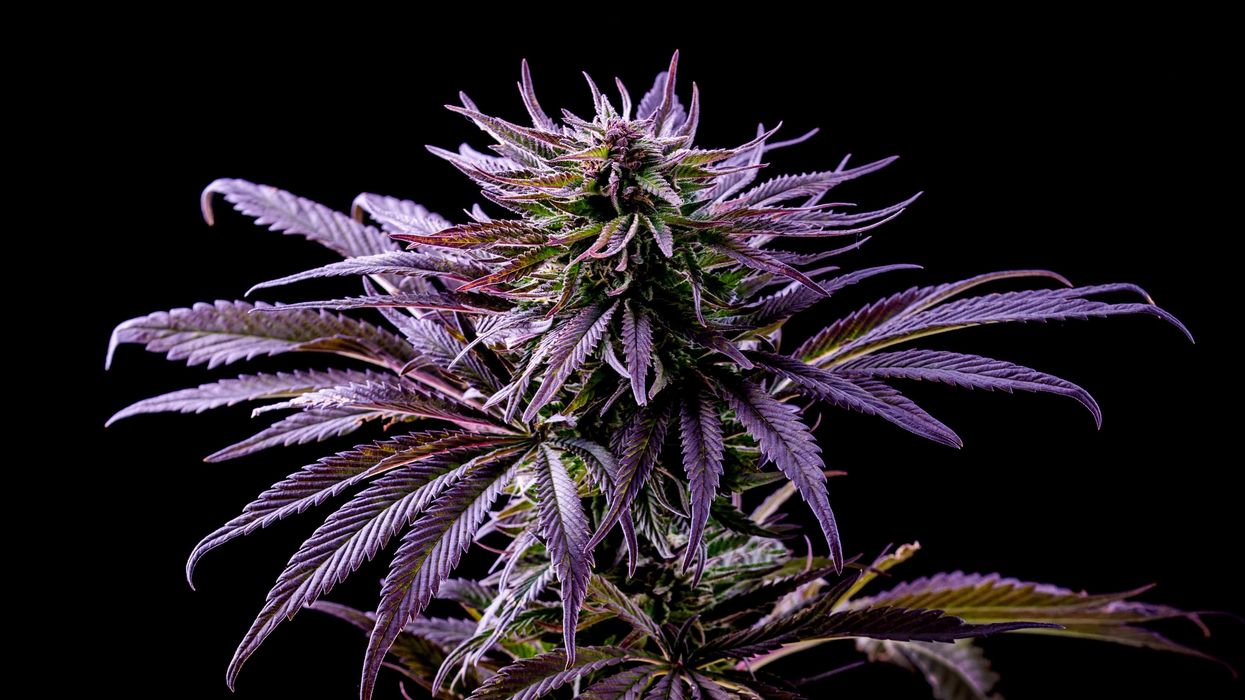

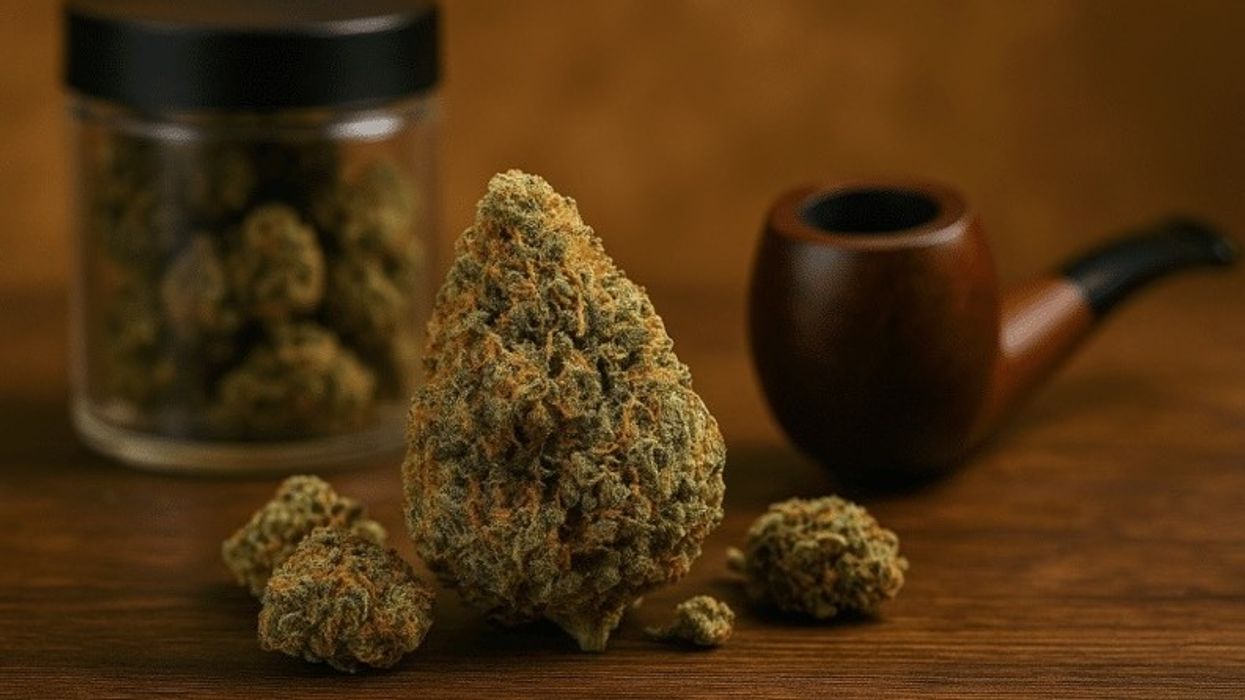
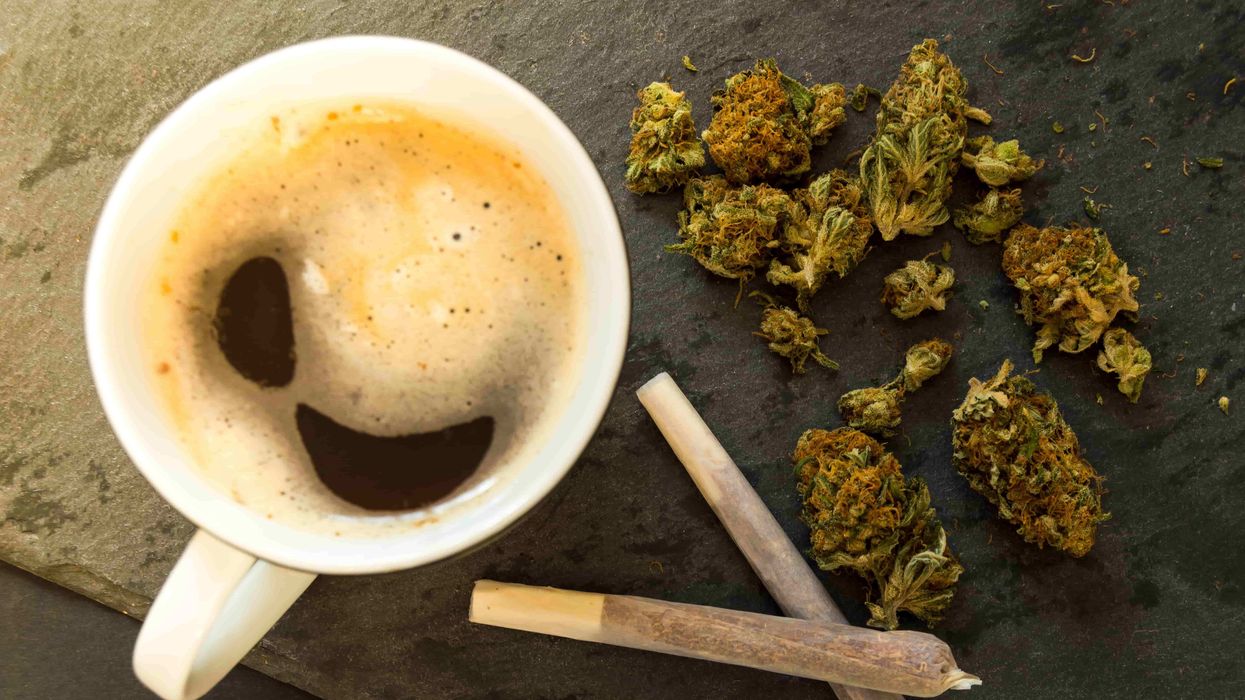
 Coffee & Weed: A Modern Spin on the Hippie Speedball - The Bluntness
Photo by
Coffee & Weed: A Modern Spin on the Hippie Speedball - The Bluntness
Photo by 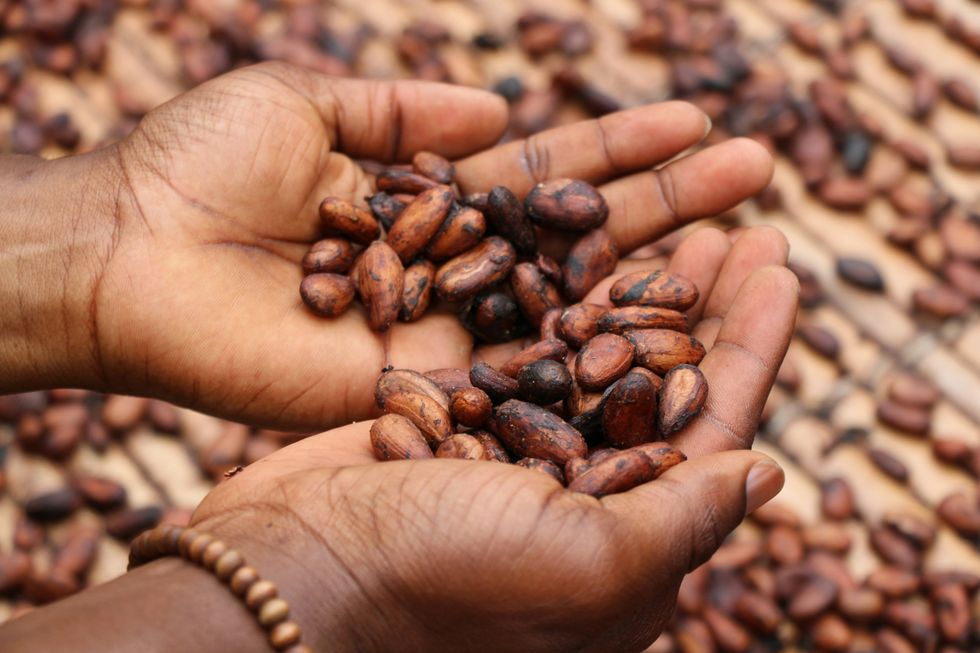 Coffee & Weed: A Modern Spin on the Hippie Speedball - The Bluntness
Photo by
Coffee & Weed: A Modern Spin on the Hippie Speedball - The Bluntness
Photo by  Coffee & Weed: A Modern Spin on the Hippie Speedball - The Bluntness
Photo by
Coffee & Weed: A Modern Spin on the Hippie Speedball - The Bluntness
Photo by 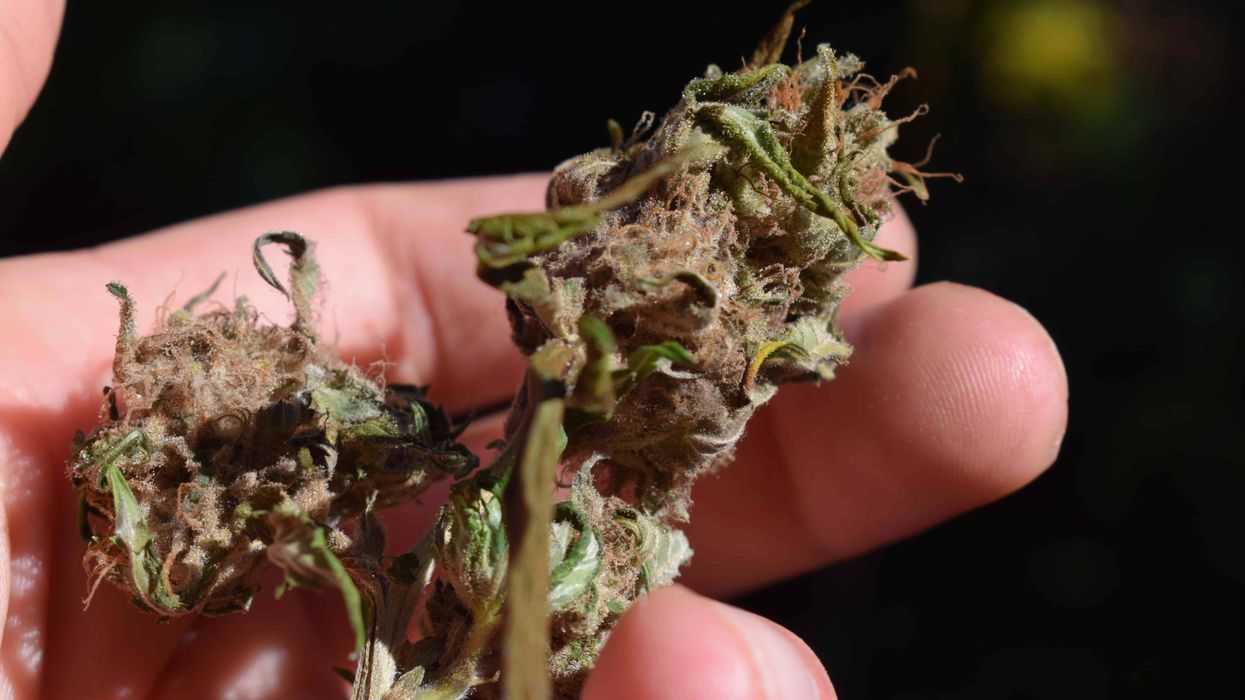
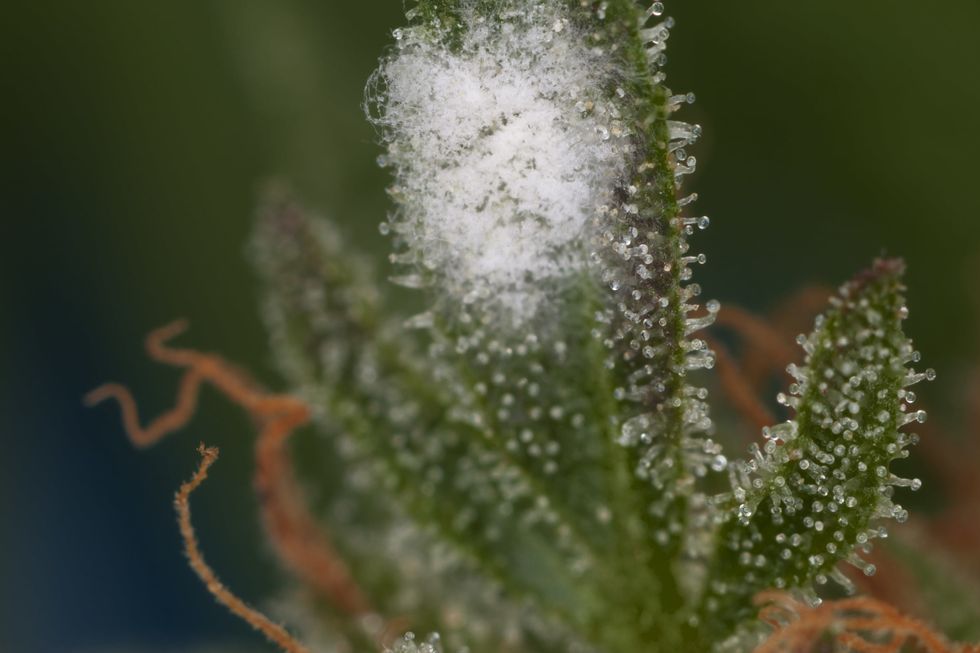 A good picture showing white mold next to cannabis trichomes.
A good picture showing white mold next to cannabis trichomes.
 Can Drug Dogs Smell Edibles? - The Bluntness
Photo by
Can Drug Dogs Smell Edibles? - The Bluntness
Photo by 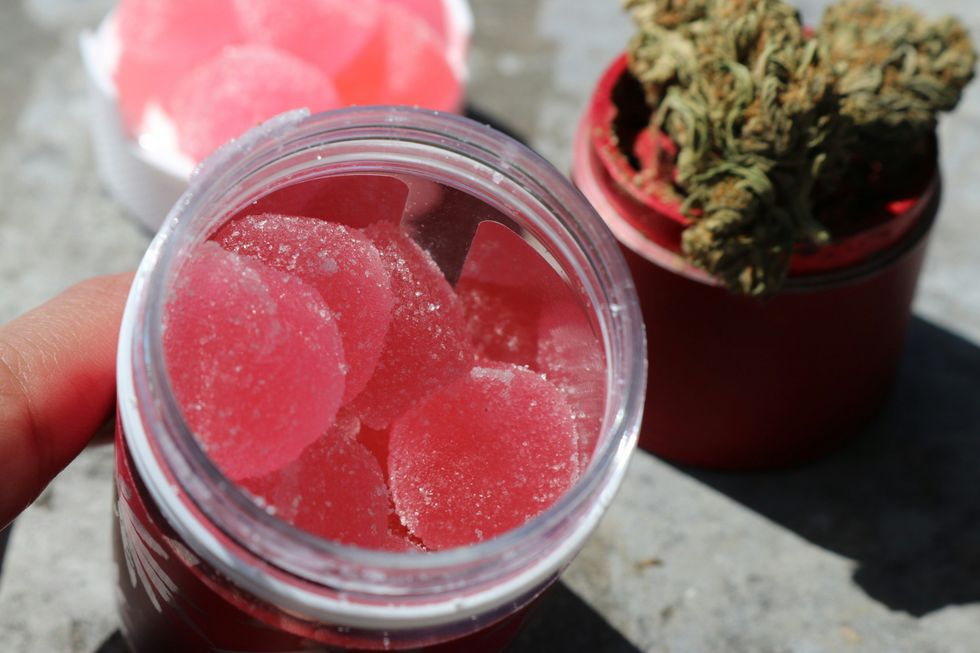 Can Drug Dogs Smell Edibles? - The Bluntness
Photo by
Can Drug Dogs Smell Edibles? - The Bluntness
Photo by 





